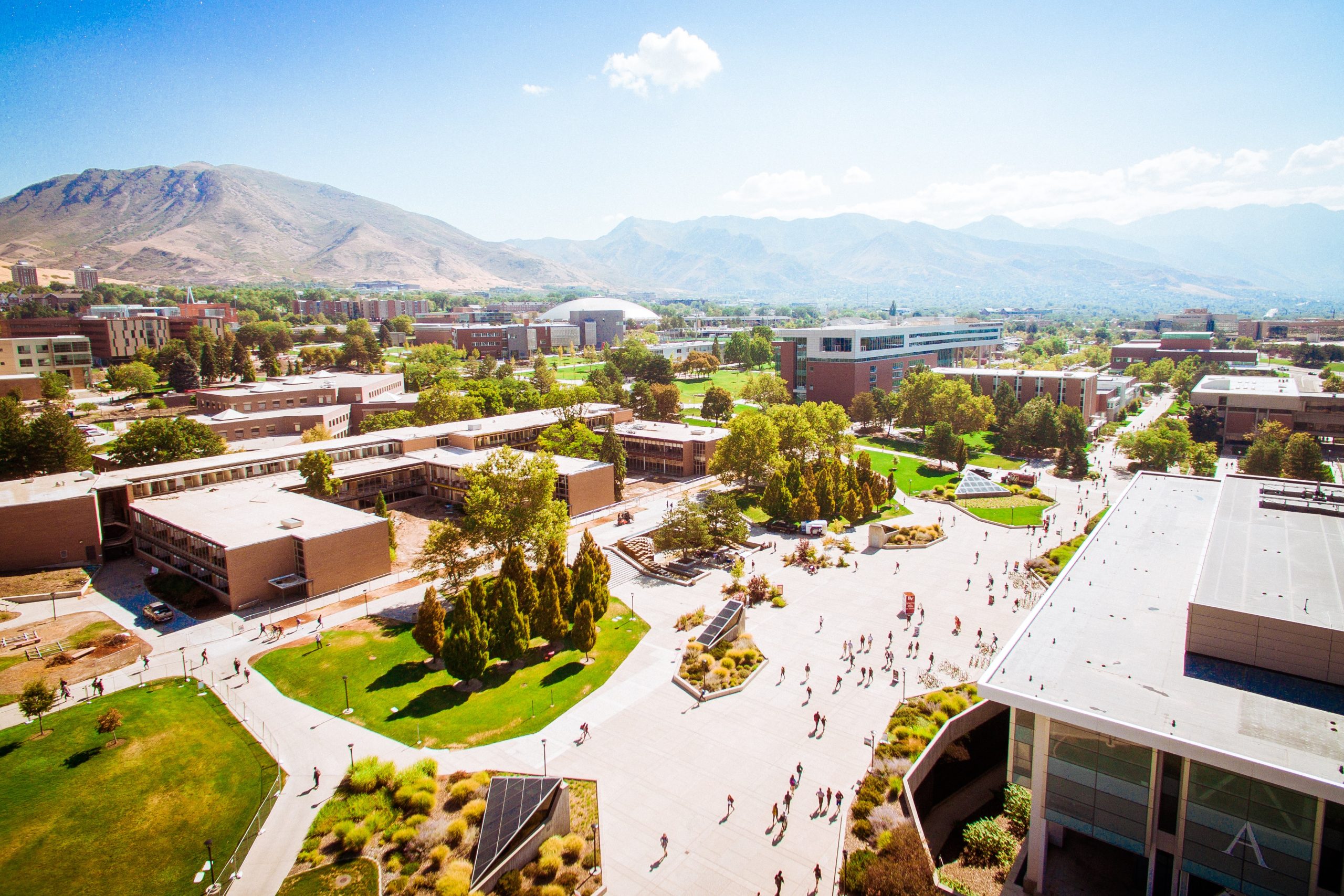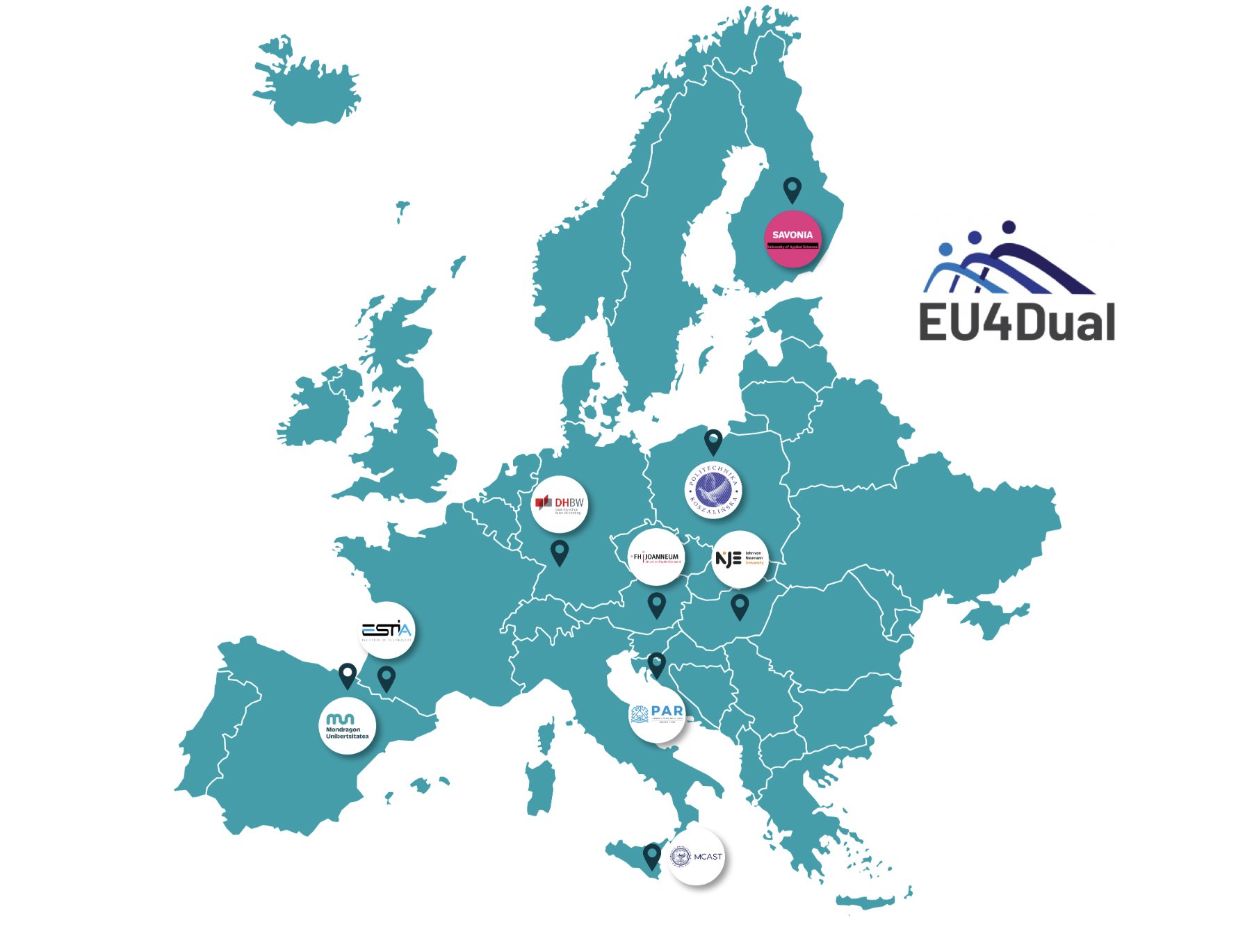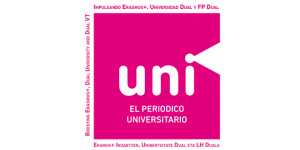Erasmus is not what it used to be. To begin with, since January 1, 2014, it changed its name and was renamed Erasmus +. The reason, the increase of the budget and the extension of scholarships to study in foreign universities to sports programs and to the FP. But it is also that what was formerly a student mobility program among European countries has also expanded the countries in which young people can live this experience, putting at their disposal the possibility of traveling through virtually the entire world .
Thus, the Erasmus+ countries are currently the EU Member States, the former Yugoslav Republic of Macedonia, Iceland, Liechtenstein, Norway and Turkey. In addition, Erasmus + incorporates a strong international dimension, that is, collaboration with partner countries around the world in the field of Higher Education, so that mobility in Higher Education can be done not only within Europe, but also in any country of the world since 2015.
There are opportunities for students (special attention to participants with special needs, inclusion or refugees), teachers and trainers, both for mobility for studies and / or practices in the case of students, as for teaching or training in the case of teachers and trainers.
Budget
The Ministry of Science, Innovation and Universities allocates 112.7 million euros to finance mobility projects of the Erasmus + Higher Education program, awarded by the Spanish Service for the Internationalization of Education (SEPIE). This resolution, taken in June 2018, allowed the mobility of 58,120 students and staff of Spanish educational institutions in 2018, 8.4% more than in 2017.
Since 2014, the Erasmus + program has mobilized a total of 210,000 students and 26,500 workers from higher education institutions in Spain, with Italy being the preferred destination (19.3%), followed by the United Kingdom (13%), Germany (10, 3%), France (10.1%) and Poland (8%). Specifically, students receive grants of between 200 and 300 euros per month, depending on the country of destination, adding 200 euros more in the case of people from disadvantaged backgrounds and 100 euros more if students perform internships in companies. It should be noted that students in the Canary Islands receive aid of between 670 and 770 euros per month and an additional aid for travel of up to 1,500 euros depending on the country of destination.
International mobility
They have been awarded 19 million euros to finance mobility projects in other countries of the world, 23% more than in 2017. These projects not only finance mobilities to practically any country in the world, but also mobilities from those countries to Spain, therefore, 3,421 international participants carry out their stays in Spanish higher education institutions and 1,906 Spanish participants do so abroad.
Students receive a travel assistance of between 20 and 1,500 euros, depending on the distance, as well as a maintenance support of 700 euros per month to those who move from Spain to another country, and 850 euros per month to those who come to Spain. The main international destinations are Russia, Bosnia and Herzegovina, Albania, Serbia and Morocco.
Erasmus + in Spain
A recent impact study of the Erasmus + program and its predecessors carried out by SEPIE shows very positive results: 72% of the graduates affirm that this program has allowed them to access a job and 88% think that their opportunities have increased work abroad.
In fact, 9 of 10 students say they have improved their skills in addition to the obvious improvement of other languages. In addition, 93% of companies know about this program and take it into account for hiring their staff.
On the other hand, it should be noted that Spain remains positioned first for European students of Higher Education who choose this country to perform their Erasmus + mobility; and Spain is also the third European country in issuing Erasmus + students of Higher Education to other European universities.
Participating countries
These are, then, the countries included in the new Erasmus + program:
In the first place are the countries of the European Union. They would come to be Austria, Belgium, Bulgaria, Cyprus, Croatia, Czech Republic, Denmark, Estonia, Finland, France, Germany, Greece, Hungary, Ireland, Italy, Latvia, Lithuania, Luxembourg, Malta, Netherlands, Poland, Portugal, Romania , Slovakia, Slovenia, Spain, Sweden and the United Kingdom.
Non-member states of the EU also participate, as is the case of the Republic of Macedonia of the North, Iceland, Liechtenstein, Norway, Serbia and Turkey.
Among the partner countries, the Associated Countries of the EU (Region 1) are Albania, Bosnia and Herzegovina, Kosovo and Montenegro. The countries of the Eastern Association (Region 2) are Armenia, Azerbaijan, Belarus, Georgia, Moldova and the Territory of Ukraine recognized by international law. For their part, the Southern Mediterranean Countries (Region 3) are Algeria, Egypt, Israel, Jordan, Lebanon, Libya, Morocco, Palestine, Syria and Tunisia. And there is also the Russian Federation (Region 4), with the Russian Territory recognized by international law.
There are also other associated countries. Within Region 5 are Andorra, Monaco, San Marino and the State of the Vatican City. Asia composes Region 6 with the countries Afghanistan, Bangladesh, Bhutan, Cambodia, China, Korea (Democratic People’s Republic of), India, Indonesia, Laos, Malaysia, Maldives, Mongolia, Myanmar, Nepal, Pakistan, Philippines, Sri Lanka, Thailand and Vietnam. The countries of Central Asia (Region 7) are Kazakhstan, Kyrgyzstan, Tajikistan, Turkmenistan and Uzbekistan.
Latin America (Region 8) participates with the countries Argentina, Bolivia, Brazil, Colombia, Costa Rica, Cuba, Ecuador, El Salvador, Guatemala, Honduras, Mexico, Nicaragua, Panama, Paraguay, Peru and Venezuela. In Region 9 are Iran, Iraq and Yemen, and in Region 10, South Africa.
On the other hand, ACP, African, Caribbean and Pacific States (Region 10) participating in Erasmus + are: Angola, Antigua and Barbuda, Bahamas, Barbados, Belize, Benin, Botswana, Burkina Faso, Burundi, Cameroon, Cape Verde , Central African Republic, Chad, Comoros, Congo (Republic of), Congo (Democratic Republic of the), Cook Islands, Djibouti, Dominica, Dominican Republic, Equatorial Guinea, Eritrea, Ethiopia, Fiji, Gabon, Gambia, Ghana, Grenada, Guinea, Guinea-Bissau, Guyana, Haiti, Cote d’Ivoire, Jamaica, Kenya, Kiribati, Lesotho, Liberia, Madagascar, Malawi, Mali, Marshall Islands, Mauritania, Mauritius, Micronesia (Federated States of), Mozambique, Namibia, Nauru, Niger , Nigeria, Niue, Palau, Papua New Guinea, Rwanda, Saint Kitts and Nevis, Saint Lucia, Saint Vincent and the Grenadines, Samoa, São Tomé and Príncipe, Senegal, Seychelles, Sierra Leone, Solomon Islands, Somalia, South Sudan, Sudan, Suriname, Swaziland, East Timor (Democratic Republic) of), Tanzania, Togo, Tonga, Trinidad and Tobago, Tuvalu, Uganda, Vanuatu, Zambia and Zimbabwe.
The following industrialized countries, countries of the Gulf Cooperation Council, make up Region 12: Bahrain, Kuwait, Oman, Qatar, Saudi Arabia and the United Arab Emirates. Other industrialized countries (Region 13) members of Erasmus + are Australia, Brunei, Canada, Chile, Hong Kong, Japan, Korea (Republic of), Macao, New Zealand, Singapore, Taiwan, United States of America and Uruguay. And finally, Region 14 is made up of Faroe Islands and Switzerland.













